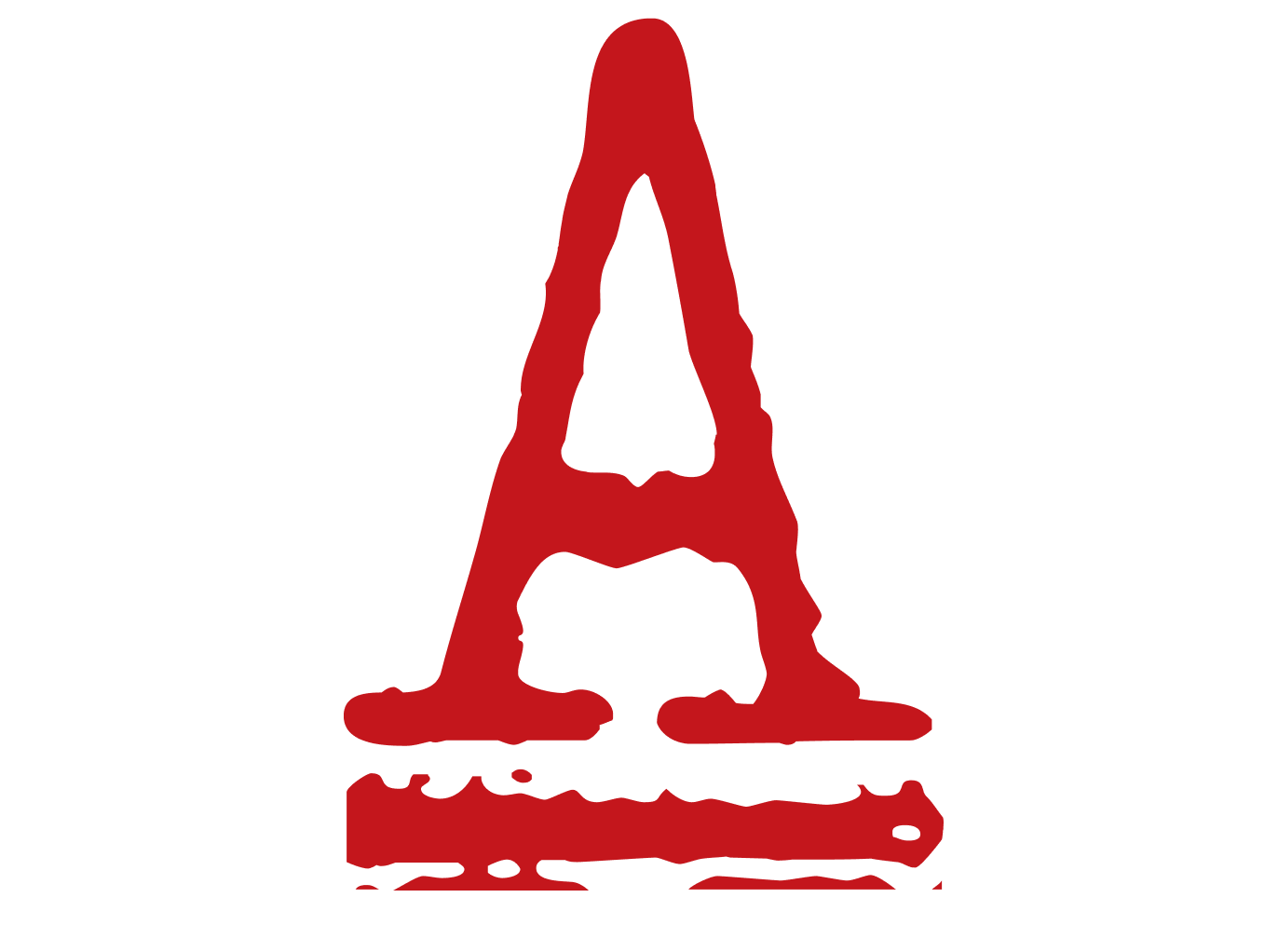Back in Black
Salar Mohandesi, Viewpoint Magazine, February 8, 2017
On Friday, May 3, 1968, several hundred radical students stared down a contingent of fascists outside the Sorbonne, in Paris. The day before, the neo-fascist group Occident torched the offices of a leftist student organization, leaving behind their call sign, the Celtic Cross. In response, radical students called for a demonstration against “fascism and terror,” steeling themselves for a fight.
Brawls between radicals and fascists had become a common feature of the Parisian political scene since the Algerian War, when fascists turned to terrorism, assassination, and bombings in a last-ditch effort to prevent Algerian independence, demolish the left, and seize state power. After the war, paramilitary groups like Occident continued to wage war on the left. In this context, many student radicals began their political education in antifascist organizing, where they learned how to fight fascists in the streets, confront the police, and organize swift, militant actions. As one radical explained, “I was antifascist. That was how I was socialized. Others wielded the dialectic – I wielded the matraque.”
The radical youth groups of the 1960s developed paramilitary wings known as the service d’ordre (SO). As its name suggests, the SO took responsibility for maintaining general order. They acted as parade marshals during demonstrations, protected rallies and meetings from raids, defended militants hawking newspapers from fascist attacks, and later handled security at occupations. But the SO also played an offensive role, disrupting lectures during student strikes, storming fascist meetings, and confronting police during demonstrations. For those in the movement, there was no contradiction between these functions, so long as the SO answered to the larger struggle.

